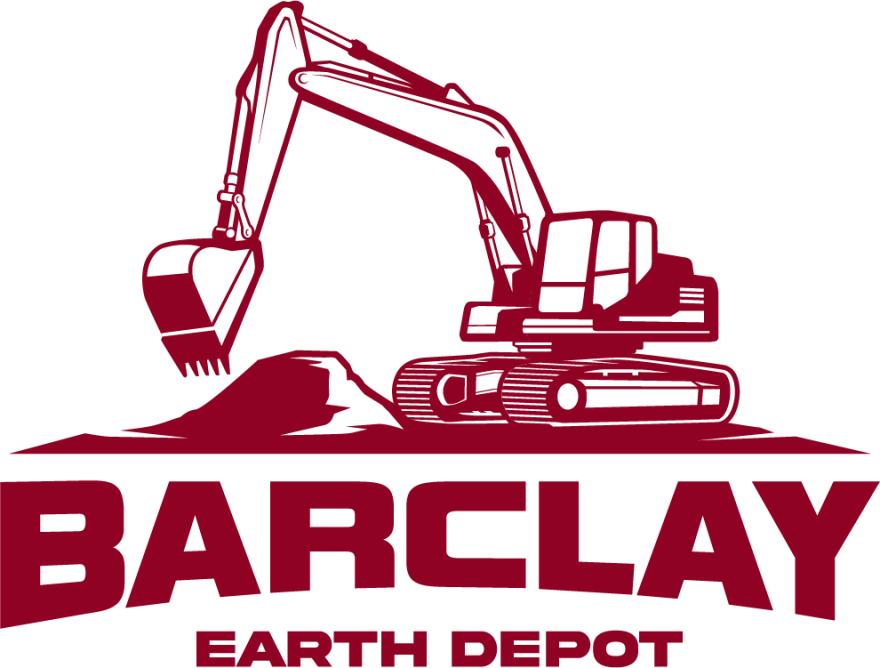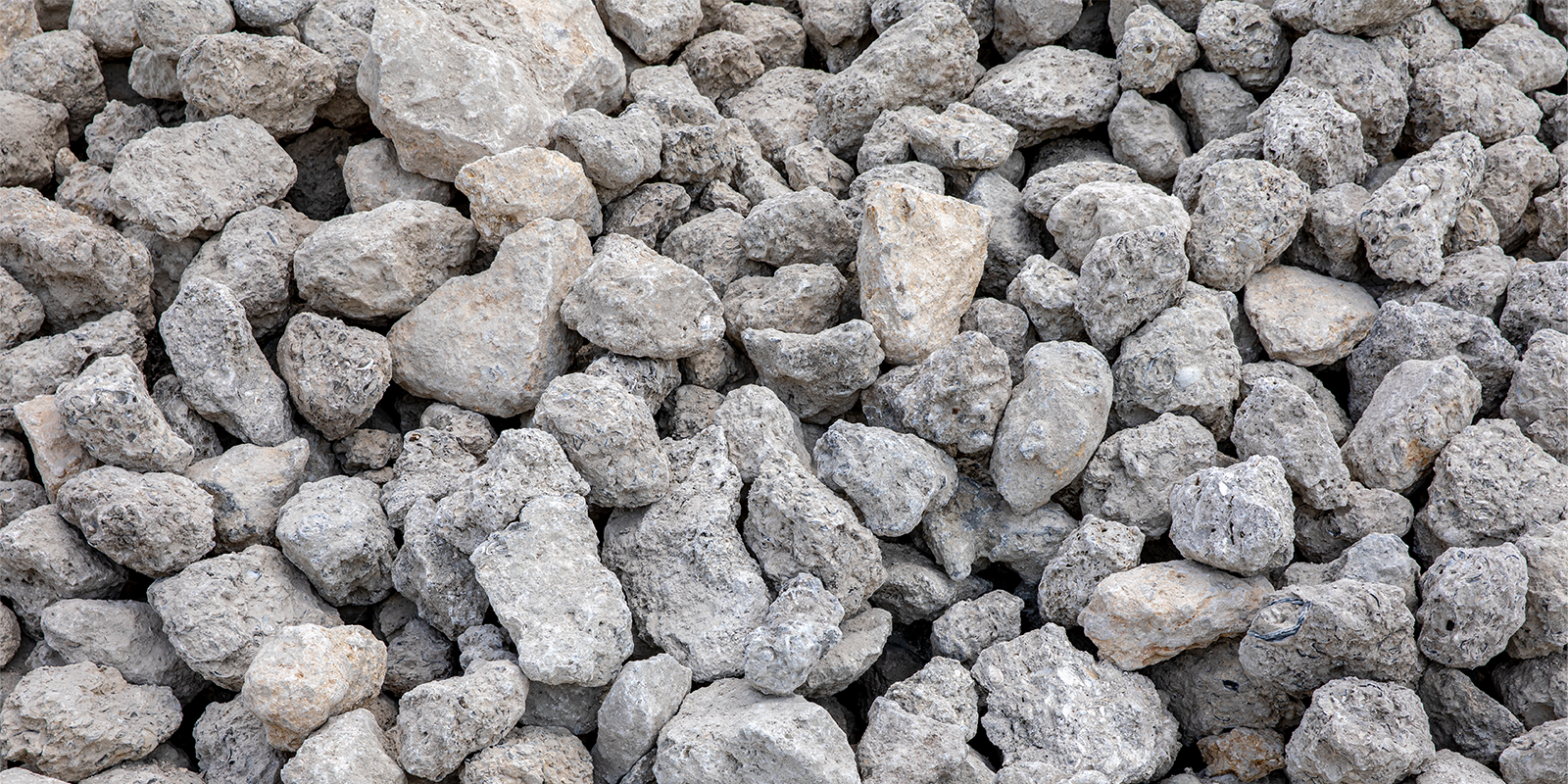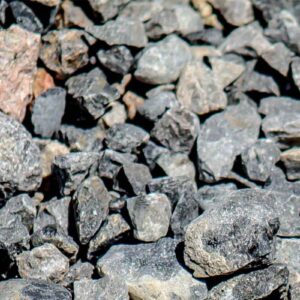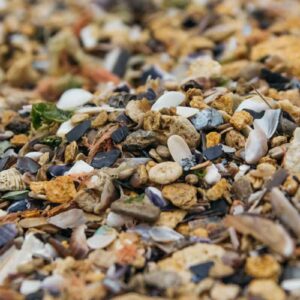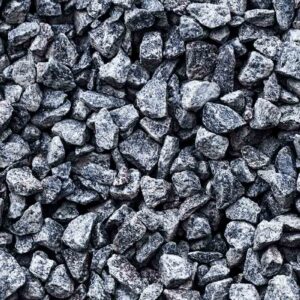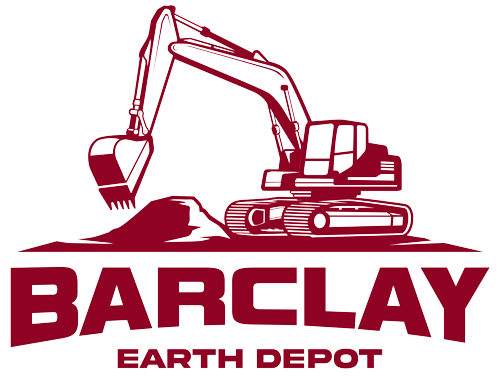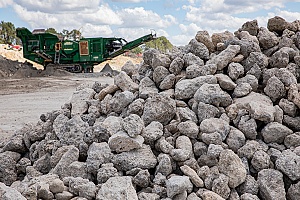 Although the word “aggregate” may sound complex, in a geological context, it simply refers to a collection of rocks. When rocks are crushed and graded, aggregates are formed. Aggregates, in turn, can be mixed with bonding materials such as cement to create concrete. Common examples of aggregates include basalt, schist, hornfels, quartzite, and flint. Barclay Earth Depot sells a variety of rock aggregates, as well as the materials they are combined with. Here is a close look at rock aggregate.
Although the word “aggregate” may sound complex, in a geological context, it simply refers to a collection of rocks. When rocks are crushed and graded, aggregates are formed. Aggregates, in turn, can be mixed with bonding materials such as cement to create concrete. Common examples of aggregates include basalt, schist, hornfels, quartzite, and flint. Barclay Earth Depot sells a variety of rock aggregates, as well as the materials they are combined with. Here is a close look at rock aggregate.
Characteristics Of Rock Aggregate
The grade and amount of aggregate needed in a given situation normally depend on the type of construction or civil engineering project it will be used for. This figure is typically shown in a particle size distribution curve. Both gravel and sand deposits and mixtures of these normally have a particle size distribution that is unique to that deposit.
Rock aggregates can be suitable for projects involving concrete or road stone if they possess the following properties:
Degree Of Alteration And Composition Texture
Ideally, road stone should be medium-grained. Sedimentary rocks can be crushed and used as road stone. However, you can also use hard grit stone. You can also use metamorphic crystalline rocks, although these are generally too variable for forming rock aggregate.
Resistance To Surface Wear
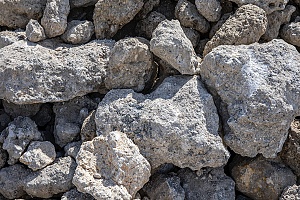 This characteristic is evaluated by calculating both polished stone value (PSV) and aggregate abrasion value (AAV). The latter of these values represents a rock aggregate’s resistance to surface wear. A lower figure means greater resistance. For ordinary road use, an AAV under 8 is typically recommended.
This characteristic is evaluated by calculating both polished stone value (PSV) and aggregate abrasion value (AAV). The latter of these values represents a rock aggregate’s resistance to surface wear. A lower figure means greater resistance. For ordinary road use, an AAV under 8 is typically recommended.
Meanwhile, PSV reflects the degree to which traffic polishes road stones. Contrarily to AAV, a higher PSV indicates greater resistance. A PSV of over 60 is considered excellent for high-traffic roads. Depending on how strongly rock aggregates adhere to bitumen, their AAV and PSV may also vary. Examples of rocks that bond well include limestone and basalt.
Resistance To Crushing And Impact
This characteristic can be evaluated by conducting tests of aggregate crushing value (ACV) and aggregate impact value (AIV). The AIV of rock aggregates can range from anywhere between poor and good.
Other tests you can perform on rock aggregates include an evaluation of frost heave.
Particle Size, Texture, And Shape
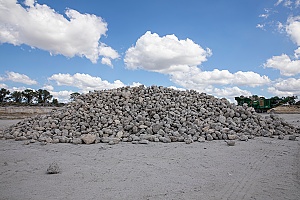 An effective way to determine particle size is by conducting a sieve analysis. During this process, a specific aggregate weight traverses a series of sieves (filters). Each resulting fraction is weighed and expressed as a percentage of the original sample’s weight.
An effective way to determine particle size is by conducting a sieve analysis. During this process, a specific aggregate weight traverses a series of sieves (filters). Each resulting fraction is weighed and expressed as a percentage of the original sample’s weight.
Other traits of rock aggregate that determine suitability include the amount of dust, silt, or clay they have, their flakiness index, elongation index, angularity number, and 10% fines value.
Get High-Quality, Florida Rock Aggregate From Barclay
Speak to the professionals at Barclay Earth Depot to learn more about rock aggregates. We’re a Florida-based aggregate wholesale business that sells a wide range of unique aggregates and the materials they adhere to. We oversee the entire process of obtaining materials for a project, from beginning to end. Regardless of the type of road construction or engineering project you’re planning, our team is prepared to help you. Call Barclay Earth Depot at 941-WE-DIG-IT for more information about our offerings or request a quote online.
